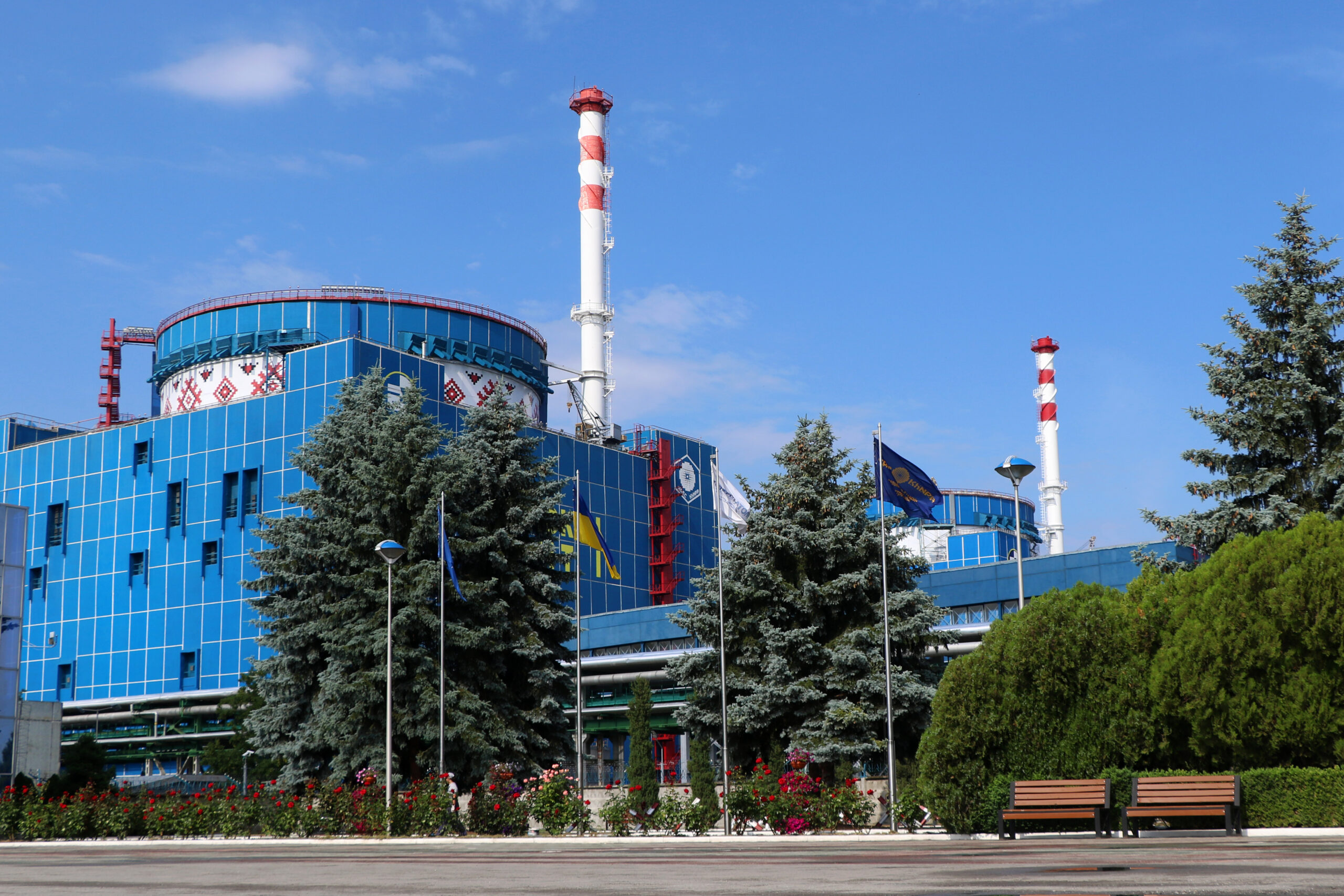Energy Minister Svitlana Hrynchuk announced that Ukraine will make nuclear power the cornerstone of its energy strategy. The country aims to transform from energy victim to Europe’s next major electricity supplier.
“Personally, I believe that we must develop nuclear power generation. Because it ensures the stability of our energy sector; it is the type of generation that has allowed us to survive,” Minister Hrynchuk said.
The announcement signals Ukraine’s most ambitious wartime gamble: building enough nuclear capacity to replace Russian energy exports across Central and Eastern Europe while still under missile attack.
Since February 2022, Russian strikes have eliminated roughly half of Ukraine’s prewar generating capacity.
Dozens of coal and thermal plants lie destroyed or occupied, including the massive Zaporizhzhia thermal facility. The Zaporizhzhia Nuclear Power Plant — Europe’s largest — remains under Russian control, with all six reactors shut down and about six gigawatts of Ukraine’s generating capacity unusable.
But Ukraine’s four remaining nuclear plants generated 26.8 billion kilowatt hours in the first half of 2025 — more than half the country’s electricity. According to Energoatom, the operator, they ran at over 75% capacity, proving nuclear facilities can operate effectively during wartime.
Since March 2022, Ukraine’s grid synchronization with European networks has allowed power exports when surpluses exist. More nuclear capacity would enable Ukraine to capture significant market share from Russian energy exports that previously earned Moscow roughly €100 billion annually.
Ukraine will complete two Soviet-era reactors at Khmelnytskyi Nuclear Power Plant that have been unfinished since the 1980s. Bulgaria agreed this year to sell Ukraine two VVER-1000 reactors to finish units 3 and 4, which are 75% and 28% complete, respectively.
Additionally, Ukraine plans two entirely new reactors at Khmelnytskyi using American Westinghouse AP1000 technology, permanently breaking from Russian nuclear designs. The expansion would quadruple generating capacity at the facility.
The challenge remains building nuclear infrastructure while Russia continues targeting Ukraine’s energy grid.
Officials say new reactors will feature reinforced containment structures and integrated air defense systems. Plants like Khmelnytskyi sit far from current front lines, offering some protection.
Energoatom, reorganized this summer as a joint-stock company, received renewed licenses following regulatory inspections. Officials say the corporate overhaul meets European standards and opens doors to international financing for the expansion projects.
Ukraine’s nuclear expansion for Europe offers clean, reliable power that could replace Russian energy imports. The timeline creates pressure — nuclear construction typically takes a decade, while Ukraine must defend facilities throughout a protracted conflict. Success would prove countries can break free from Moscow’s energy dependence while under active attack.




